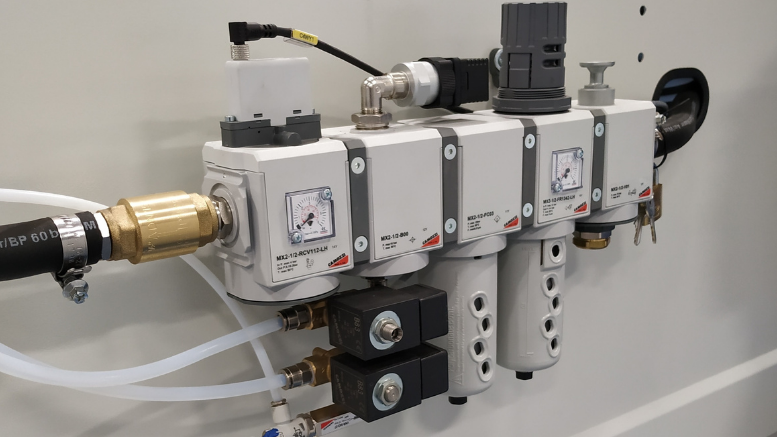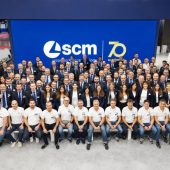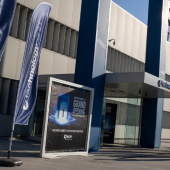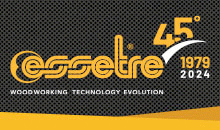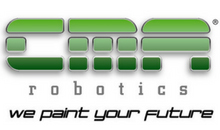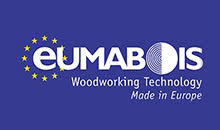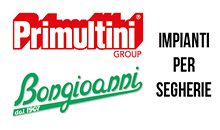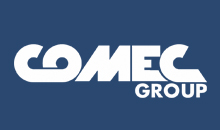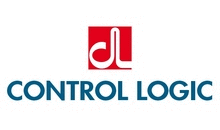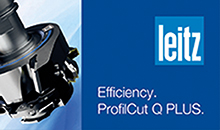A new proportional valve to adjust the airflow in “AirFusion+” machines for hot-air edge application. An excellent result based on accurate teamwork.
The business relationship between Scm and Camozzi builds on solid and profitable synergy that, over more than 20 years, has brought great satisfaction to both parties. Further evidence comes from one of the latest innovations introduced by the Brescia-based group, namely the proportional valve “Mx-Pro”, specifically designed for the needs of the Rimini-based company and their “AirFusion+” edgebander family, a solution for hot-air edge application. “We worked together for several months, accurately testing the result of this “upgrade” on all types of panels and edges, and in the end we can say that this proportional pressure regulator delivers the correct airflow rate, offering perfect balance in edge application,” said Nicolò Gianesini, engineering department, Scm.
“Our company has been manufacturing proportional valves for many years, but the design for this specific application with Scm started a couple of years ago,” said Michele Borsetto, sales engineer, Camozzi. “Most of our valves provide effective pressure regulation, while this model developed for Scm allows to adjust the outgoing airflow. Let me tell you that there are not many similar components on the market…”.
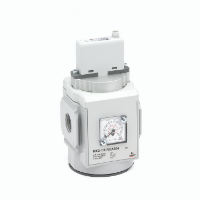
Valve “Mx-Pro”.
What’s the key innovation of this new component?
“Normally, proportional valves act as pressure regulators: they detect an incoming electric signal and can convert it into a controlled pressure value. The valve designed for Scm adjusts the airflow rate (whereby rate means the volume of fluid or gas that flows through a given space in a time unit), reducing or increasing the air volume based on the actual requirements and features of the processed panel,” Borsetto said. “It’s not a basic on-off valve that opens or closes the compressed air door, but a real pressure regulator.”
With this valve, Gianesini said, the second generation of hot-air edgebanders has made huge progress.
“The first generation of hot-air edgebanders – Gianesini said – was equipped with a heating system based on coils, while the second generation uses “electric heaters” that can reach the operating temperature much quicker than the previous machines. While it took almost twenty minutes to reach the desired air temperature and start the edgebanding process, now it takes few minute. Within one hundred seconds, it’s all done. Operating speed is not the only benefit, though. Besides more stable heat regulation, we have seen a significant improvement also in the quantity of generated heat. Summing up, we can say that performance is much higher and the entire process has been optimized and has become more consistent.
To optimize the entire process, we have been acting on two elements: first, the “heart” of the machine, i.e. the heating unit, which has been upgraded from coils to electric heaters; second, the “lungs” of the machine, i.e. the unit that regulates the airflow, for which we selected the Mx-Pro proportional valve. This is the big difference from the past: apart from adjusting pressure, what we wanted to achieve was the regulation and consistency of the airflow rate per minute delivered to the edge. With this valve and its capabilities, we can control the process perfectly, achieving very high quality end result in a shorter time.”
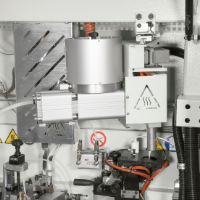
“AirFusion+”
You mentioned input and output signals, but which are the factors that increase or decrease the airflow?
“The input signal depends on three factors”, Gianesini continued. “First, the speed of the track that pulls the workpiece: the higher the speed, the bigger the air volume to be released. Second, edge thickness: the thicker the edge, the more energy is required. Third, the edge type, which is the most critical factor. A co-extruded edge, for instance, requires more energy, and consequently, a bigger airflow. Based on these three variables, the machine releases the necessary quantity of air, optimizing the process.”
This technical improvement strengthens the proposal of Scm for “glue-less” edgebanding…
“Let’s say this is another step forward,” said Adriano Costanzi, product manager, Scm. “Your readers are well informed about the latest developments in edgebanding, and in the past decade we have seen the introduction of “disruptive” systems compared to conventional solutions. Hot air has proved excellent in specific segments and our experience in this area has resulted into a progressive optimization of our systems, reaching excellent standards in terms of performance, speed and application quality, also thanks to innovative components such as the Mx-Pro valve.”
What was the market reaction to the introduction of this technology?
“After the initial peak of interest that always comes with new technology, the market has settled down to levels that I would define “interesting”: the edgebanding quality offered by “AirFusion+” is very high and this is greatly appreciated. Though it normally takes longer to procure, co-extruded edges offer the best edgebanding quality, but even with pre-glued edges you can achieve excellent results. Today, Scm is a leader also in this type of edges, offering machines that are appreciated for their versatility and effectiveness, positioning us in the high-end of the market.”
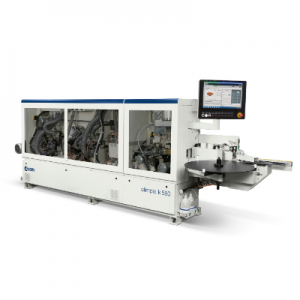
Scm’s edgebanding “olimpic k 560”.
Can you make a comparison with laser edgebanding?
“I can tell you that you use the same edge and you get the same finishing quality. Of course, the edge melting system is different, so you have different operating conditions and costs. Edgebanders with laser gluing systems deliver higher speed and allow to apply edges with a “significant” thickness. Hot air, while delivering the same quality, offers lower purchasing and operating costs, so more and more companies are choosing this technology.
Not only: the second generation of machines with “AirFusion+” technology dramatically reduce downtime; the hot air generation systems using electric heaters ensures a significant reduction of the time gap between one operation and the next. Remember that co-extruded edges are applied at 600 degree temperature. In addition, we have eliminated the glue changeover time, although the two systems (hot air and glue tank) can coexist on the same machine and be used as needed or according to the final result to be achieved. In furniture factories and workshops, the operators might have different requirements and they will be able to keep working without removing and restoring systems and aggregates, that’s a huge benefit.”
Speed, quality and saving. Would you have achieved these results without this valuable collaboration?
“When Scm presented their requests for a system that could deliver specific results – said Michele Borsetto, Camozzi – we took the opportunity to develop our know-how into a specific direction: with our new “Mx-Pro” valve, we have been able to meet Scm’s demands and open up the doors to new applications in many industries. At first impression, this is a “simple” component, but actually its technological features have been developed very recently. It’s one of many innovations that Camozzi regularly develop for the market, as our success mostly depends on our capacity to move on, to keep making research, to imagine, to design and to create solutions that give new answers to problems that all industries have been facing for a long time.”

